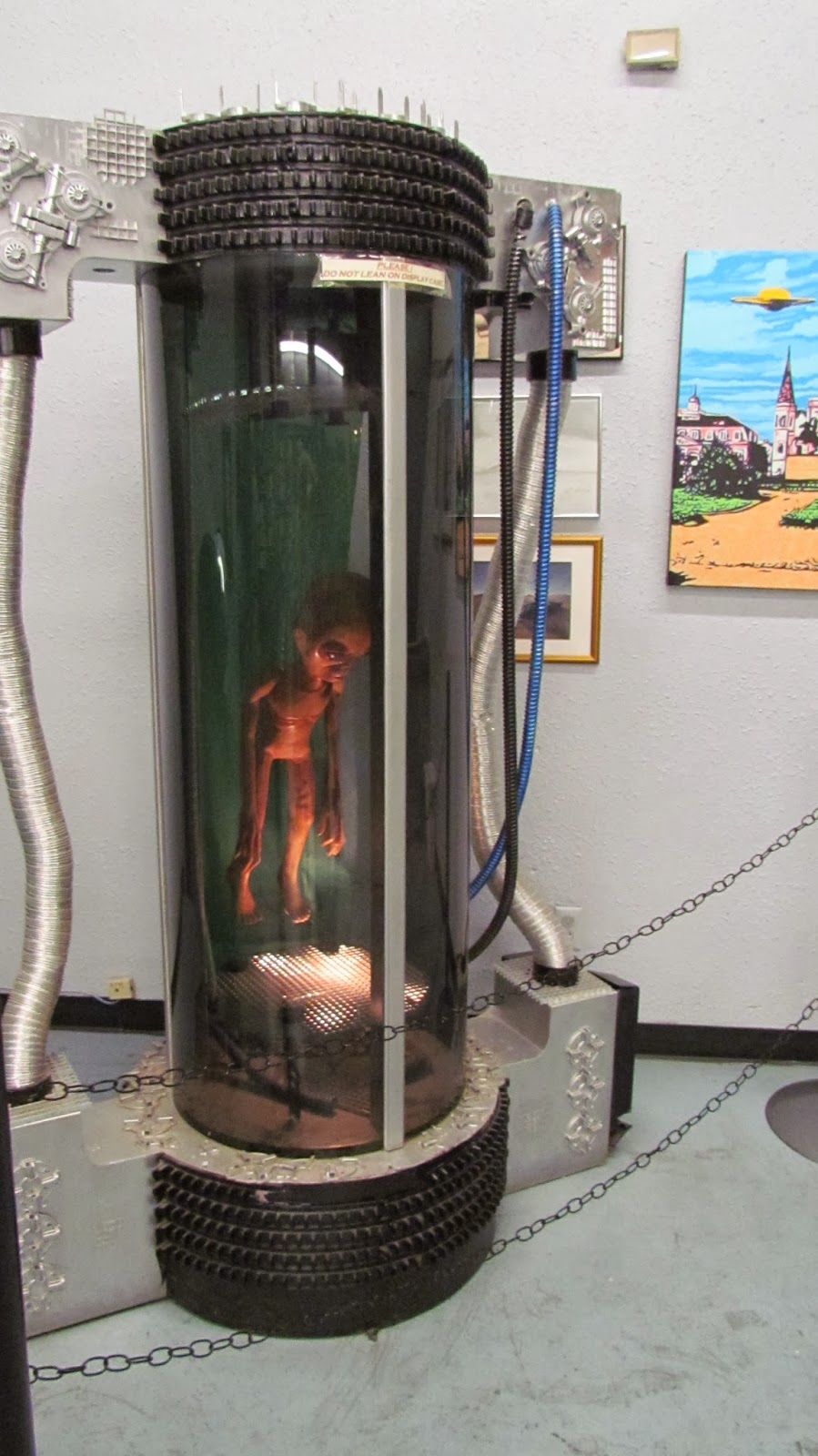After our emotional visit to the memorial I wanted to try to find a park I had seen on the internet. The park was dedicated to the pioneers that had been a part of the great Oklahoma land rush of 1889. Thousands of men, women and children lined up along the perimeter of the unassigned indian lands of Oklahoma with the intentions of reaching and claiming a 160 acre plot of land as part of the Homestead Act. One entry point near the now, Oklahoma City, had been nothing more than a crossroads, until that April day of the land run. Participants lined the river and awaited the signal of a canon, gunshot or bugle at high noon before racing towards the promised lands. They road horses, mules, took wagons and some even bought train passage to get an advantage to other entry points. Of course there were some that entered the area early and hid until the appointed signal. These became known as "sooners", and now you know the rest of the story!
The statues depicting this famous land rush are bigger than life and more are being added to this exhibit. We talked with a couple that told us the city is trying to revitalize the downtown by adding a canal similar to that of San Antonio. Many of the old buildings of Bricktown are being renovated as lofts and apartments. I would like to go back in several years to see the progress.
 |
| We ate at Toby Keith's restaurant |















































































